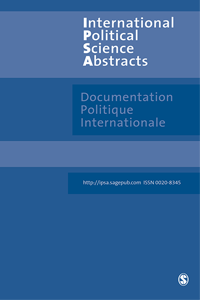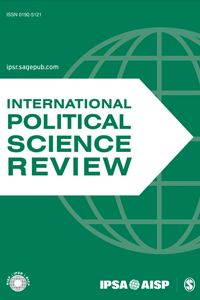Dynamics in the Indo-Pacific over the past decade have been shaped by several key developments, such as China-U.S. competition, the outbreak of military conflict in other parts of the world, as well as worsening tensions in regional hotspots such as the Taiwan Strait and South China Sea. These developments have resulted in increasing fragmentation within the Indo-Pacific, as regional countries attempt to position themselves in ways that would secure their respective national interests. These efforts have typically been associated with “choosing” or “aligning” with a particular side vis-à-vis the major powers, alongside the rising importance of smaller and more exclusive groupings for interstate cooperation. The new complexion of regional dynamics therefore presents a challenge to countries that have conventionally embraced a non-aligned stance, such as India, Indonesia and Vietnam. This panel seeks to examine how these “non-aligned” powers have responded to the evolving trends in the Indo-Pacific security architecture. The papers will explore the shifts in the regional architecture, the foreign policy priorities and motivations of the three countries when it comes to the major powers, as well as their changing strategies towards regional security. More broadly, the foreign policy shifts of these countries—all of which could impact on outcomes in regional dynamics—could also indicate broader adjustments at the structural level in the Indo-Pacific.
"Non-aligned" powers in the Indo-Pacific security architecture
Panel Code
LOC02.04
Type
Closed Panel
Language
English
Chair
Discussants
Description
Onsite Presentation Language
Same as proposal language
Panel ID
PL-6464











